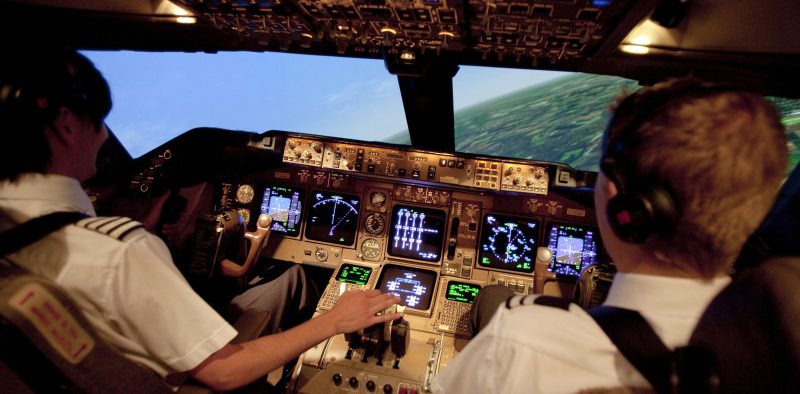Ask the captain: 10 things to know about flying
Share


Steve Allright BA capitan photographed with a 767 Heathrow Airport London
Airline pilots get asked all sorts of questions from straightforward enquiries about how long it takes to fly to London to the more obscure, such as how much paint is used on the A380?
Here are some of the more interesting posers that curious customers have put to British Airways flight crew and some expert answers from Captain Steve Alright, a training captain with over 11 000 flying hours.
How do jet engines work?
It’s actually fairly simple. Air is sucked in at the front of the engine and then squeezed through a series of rotor blades into a combustion chamber where aviation fuel is added and the mixture ignited. The air is blown out the back of the engine faster than it entered at the front, causing the thrust that moves the aircraft forward.
How do aircraft steer on the ground?
When taxiing the aircraft is controlled by a tiller which moves the nose wheel. The pilots can also control the nose wheel by moving the rudder pedals.
Why are tractors needed to push the aircraft backwards?
Quite simply because aircraft can’t reverse.
When flying to foreign countries, how do pilots communicate with air traffic controllers who may speak a different language?
Around the world air traffic controllers and pilots speak a common language, English.
Do crew have to check in?
Absolutely. At British Airways the check-in time for shorthaul flights is one hour and 15 minutes and for longhaul flights it’s one hour and 30 minutes. In practice the pilots often arrive a lot earlier than that. We get to the aircraft between 40 minutes and an hour before the flight.
What does place doors to automatic and cross check mean?
This is a standard instruction and means that the crew arm the inflatable slides so that these will automatically deploy should the door be opened. The crew members on each side of the aircraft check the opposite door to make sure it is set properly.
Why do my ears pop during takeoff and landing?
It’s to do with the pressurisation of the aircraft. As it climbs the amount of oxygen in the air decreases. In order to keep the oxygen at an acceptable level to breathe normally, the aircraft is pressurised. This is done automatically during the climb using air from the engines and air conditioning machines. As the air pressure changes in the cabin, the air in your inner ear has to adjust to the pressure around you. For most people this isn’t a problem, but if you are suffering from a cold or you inner-ear is inflamed it can cause discomfort or even some pain. The easiest way to equalise the pressure is to close your mouth, pinch your nose and breathe out hard. If you are unable to equalise during the decent, don’t worry; your ears will naturally adjust some time after landing.
Are most landings done using the autopilot?
Actually about 98 per cent of the landings we do are flown manually to ensure the flight crews maintain their skill levels. The remaining two percent are autolands which are usually only used for landing in fog or for practicing the slightly different procedures for automatic landings.
So, how much paint is used on an A380?
About 3 600 litres for the exterior.













